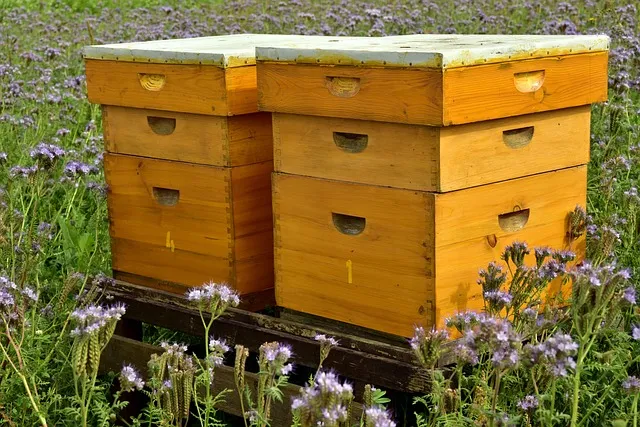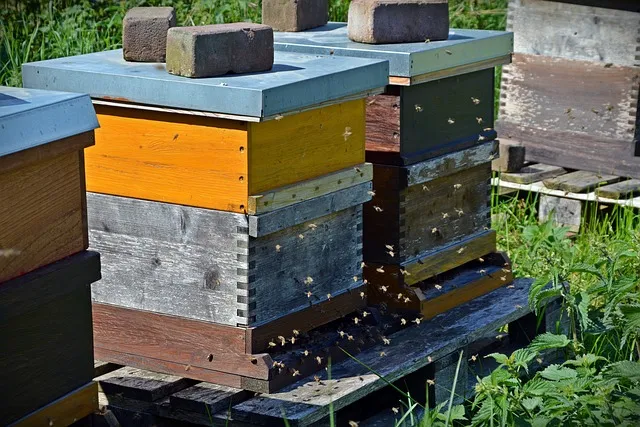What is the best bee for beginners?
As an aspiring beekeeper, you may wonder which is the best bee stock for you after purchasing all the supplies needed and seeking a good space for them. Surprisingly, some novice beekeepers are unaware of various bee stocks with distinct characteristics they can choose from. While getting the first bee colony is exciting and a bit frightening at the same time, a beginner wants bees that are easy to care for and productive at the same time.
A gentle colony will give you the confidence to learn more about beekeeping. It can be tough to inspect and learn from aggressive bees. Experienced beekeepers choose bees depending on their needs and desired traits.
Similar Articles you may like to read –
How much money is a queen bee worth?
What are the easiest bees to take care of?
How many bee colonies should I start with?
Are honey bees high maintenance?
What is the best bee for beginners?
While each honey bee strain has its advantages and disadvantages, the best bee stock for novice beekeepers is the Italian. It is the most popular in the United States and managed hives, hence readily available. This bee stock is famed for its gentle behavior, high productivity, minimal swarming tendency, and moderate disease resistance.
Their gentle temperament makes it easy for beginners to work with. They are also adaptable to diverse climatic regions apart from tropical settings. Italian bees tend to grow into large colonies and add up as exceptional nectar and pollen collectors. They start brood rearing early in spring and continue up to late fall, resulting in massive populations in the active seasons and overwinter in large numbers.
However, they are not without their disadvantages. Due to their ability to build large populations, they may starve in winter if a beekeeper is not keen on food reserves. This mainly happens in places with prolonged winter seasons. They also tend to rob and drift to other colonies.
Best Breeds of Honey Bees
For beginners in beekeeping, certain breeds of honey bees are more suitable due to their docile nature and ease of management. One popular choice is the Italian honey bee, known for its gentle temperament and productivity in honey production. Another option is the Carniolan honey bee, valued for its calm demeanor and ability to withstand cooler climates. Additionally, the Buckfast honey bee, bred for disease resistance and productivity, is favored by many beginners. These breeds are known for their adaptability to various environments and beginner-friendly characteristics, making them ideal choices for those just starting out in beekeeping.
More articles you may like to read –
Do I have to buy a queen bee to start a beehive?
Do you have to check bees every day?
Do You Need Foundation on bee frames?
What time of day do you install a nuc of bees?
What are the other common bee stocks available?
Carniolan honey bees: They are known for their gentleness, fast growth in spring, and adjusting their brood size to match food availability, allowing them to overwinter well. They have good resistance to some diseases. On the contrary, they are prone to swarming, and beekeepers must follow best beekeeping practices, such as ensuring ample space to cub the scenario.
Buckfast: A hybrid stock imported to the USA and is readily available. They are good honey producers, resistant to tracheal mites, thrive well in cool climates, and gentle, making them easy to work with. They build up hive populations rapidly in spring.
Caucasian: They are famed for their exceptional gentle temperament (gentlest of all honey bees), making them a good option for backyard beekeepers. However, other bee stocks beat them in terms of productivity, overwintering ability, and disease resistance. They also tend to use large amounts of propolis in the hive, making it stick and hard to carry out inspections.
Russian: They are highly resistant to mites (varroa and tracheal mites), adaptable to cold climates, and overwinter exceptionally well. They are more aggressive and tend to swarm unnecessarily. Their ability to regulate brood production in times of food shortage makes them well-suited in places with scarce food resources. The build-up slowly in spring, waiting for an abundance of nectar sources and exploding in population once available.



